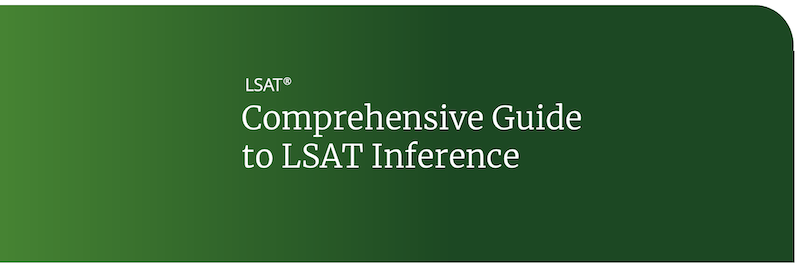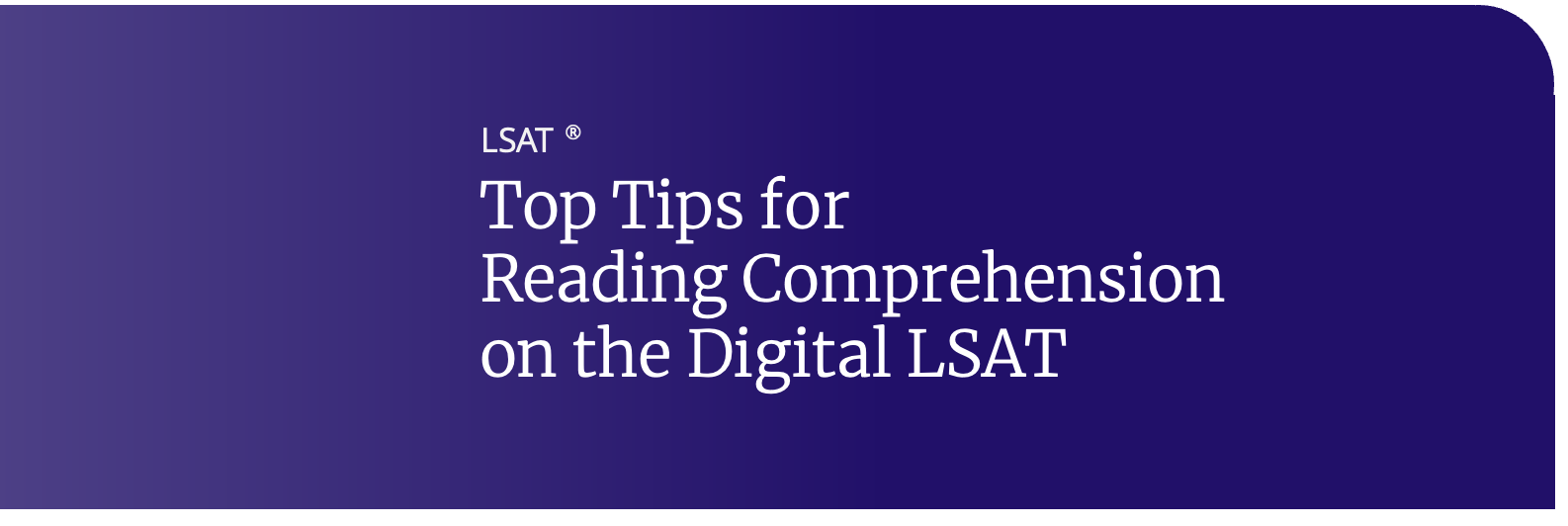LSAT Reading Comprehension: Function & Organization Questions
Function – or structural – questions ask you to identify “why” the passage contains certain information or “how” the relevant passage is structured. These questions ask you to understand the author’s motives for presenting certain information in a particular manner.
Here are two examples of a function question.
Function Question Example 1
The author’s discussion of the Hadron collider serves primarily to
(A) compare and contrast the legal issues created by scientific collaboration on a global level
(B) provide an example to illustrate the positions taken by one side of scientists in an ethical debate
(C) show that the legal issues produced by new scientific technology are not new
(D) describe the founding principle the author believes will determine the outcome of a specific legal question
(E) explain how the use of new science will also raises concerns about secondary legal issues
Function Question Example 2
The author’s primary purpose in describing Herve’s personal journey (second sentence of the fourth paragraph) is to
(A) imply that the habit of combining personal and professional interests is characteristic of French-speaking intellectuals but not others
(B) point to an experience that illustrated Herve’s belief in copywright protection
(C) show that Herve’s abilities as a writer came in large part from the international character of his world experience
(D) depict a meaningful biographical item about Herve in an attempt to create more human interest in the discussion
(E) describe what Herve believes to be the foundation for his success as a writer
Other function questions might ask for the author’s primary purpose or concerns, or state that the author or a particular paragraph or passage refers to X in order to Y.
Wrong answers to function questions can reiterate detail from the passage without delving into its or the author’s purpose, which can admittedly be difficult to spot!
Remember that you are looking for purpose rather than facts. Other incorrect answers might oppose rather than support the author’s views or incorrectly state that the author presents a statement for an unconnected purpose.
Passage Organization
Organization LSAT questions on the LSAT Reading Comprehension section will ask you to understand how the passage is laid out, structurally, as opposed to the ideas contained within the passage’s details. For example, a question may be worded: Which one of the following best describes the organization of the passage? This is clearly a “gist” or a “main idea” question since it asks about the big picture. T
For this type of question, you don’t need to look back to the actual information in the passage, just focus on identifying the topic of each paragraph, and any relevant punctuation and transitions phrases. Start by reading the first sentence of each paragraph. The topic of a paragraph is usually contained in the first sentence (look for the general noun). The topic sentences act as short summaries of each paragraph and introduce you to the next direction the author is taking the topic. Even just skimming for these structural phrases give us big clues into how the argument is laid out.
Remember these helpful clues as you are skimming:
The first sentence of the first paragraph usually introduces the topic.
The second paragraph could explain a viewpoint on that topic, then reveal flaws in the first theory.
The third paragraph could potentially describe a secondary viewpoint.
The final paragraph of our hypothetical passage might ultimately give evidence in support of it.
We can tell all of that even without focusing on the details! The TOPIC SENTENCES are all you’ll need!
Additionally, you might want to review common transition words and chains to increase your confidence in sensing these organization clues.
| Common Transition Chains | More Transition Words | Transitions that show contrast |
|---|---|---|
| first… second… third… generally… furthermore… finally in the first place… also… lastly in the first place… pursuing this further… finally to be sure… additionally… lastly | consequently furthermore additionally and in addition moreover because besides that in the same way | however on the other hand but yet nevertheless on the contrary |
Previous: Reading Comprehension: Function and Organization
Next: Reading Comprehension: Tips, Strategies & Wrong Answers


